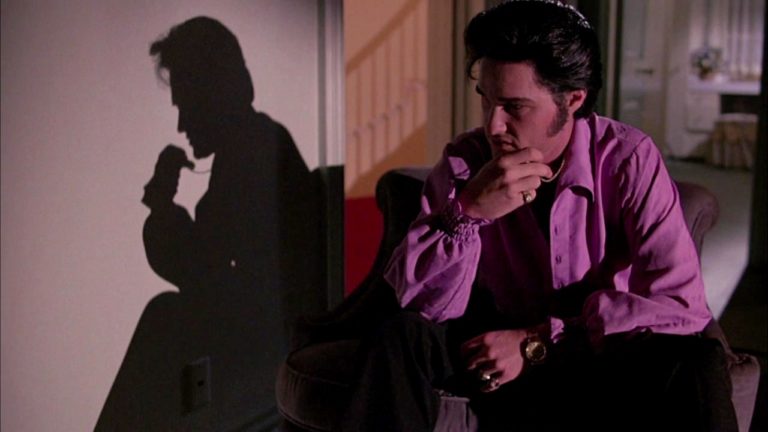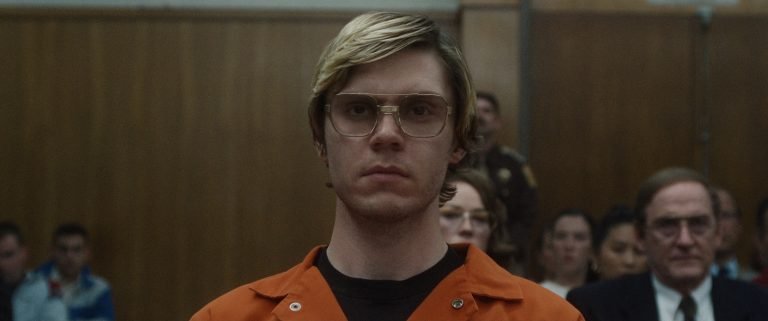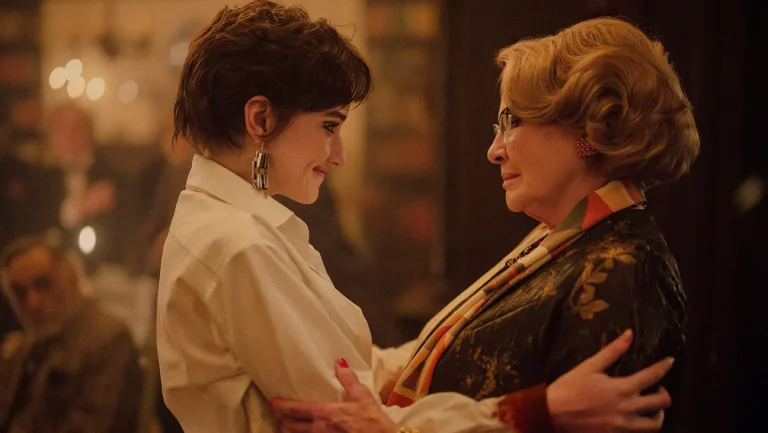Orphan: First Kill (2022) Review – Entertaining despite being unnecessary
A difference of 13 years doesn’t exactly make ‘Orphan: First Kill’ a legacy sequel/prequel. Yet similar to Tom Cruise emerging from his secret cryogenic chamber to play Maverick in ‘Top Gun: Maverick’, there’s a peculiar feeling to watching Isabelle Fuhrman, now in her 20s, play the same character as she did in at 12, looking more or less the same. The fact that the effect of making her look this way was achieved entirely practically also, similar to that film, pays off and makes another case for filmmakers to reduce their overreliance on CGI.
Like the first film, ‘Orphan: First Kill’ too is set in a somber, wintry setting that amplifies the continued theme of grief. The Saarne Institute looks exactly as dreadfully bleak as one would expect Hollywood to imagine an Eastern European asylum to be like as if the Cold War never ended and within its walls there’s a secret entrance to a gulag. It’s not something to complain about really. First Kill’s aspirations are far removed from its predecessor’s more serious look at a grieving couple’s struggles with marriage issues, alcoholism, and emotional wounds. The redemption of motherhood turns into a more twisted look at the power structure of a modern family here. It’s campier and even has a few darkly funny moments to it once the twist is out in the open. While this certainly helps in separating First Kill from the first, fans of the affected darkness of the latter can find it quite disappointing.
As far as being a prequel goes, it does everything that’s expected from a standard one. Either in an elaborate manner or in passing, we are slowly made germane to how Esther picked up her characteristic traits, like singing ‘The Glory of Love’ or her penchant for luminous paint which, like her, hides something far greater than what appears to be on the surface. lt still doesn’t explain how exactly a girl who has spent her entire life in Estonia can speak fluent enough English to trick Americans into believing she used to be one of them, but that’s far from the major problem. We know quite well now that Esther is a murderous psychopath so the horror and terror of ‘Orphan’ is transitioned into suspense. The director, William Brent Bell (The Boy, The Devil Inside), isn’t the most well-equipped to deal with this but that’s where the central twist really comes in handy. First Kill also is significantly shorter than its predecessor and is hence a lot more briskly paced, which never comes in the way of the story unfolding itself, even though it really is more complex than ‘Orphan’.
The elephant in the room that never quite leaves us though is how the makers allowed such a serious oversight in a central plot element. In ‘Orphan’, Sister Abigail refers to Esther’s previous family as one she was adopted by. If the incident leading up to her being put up for adoption is correct, the backstory of it certainly isn’t. The sight of blood splattering on a child’s face as she ruthlessly murders someone was disturbing in the original but here, it’s an overused and lazy callback that isn’t nearly as disconcerting. While ‘The Glory of Love’ is a leitmotif, Collet-Serra’s iteration thankfully didn’t involve this modish practice of juxtaposing mid-20th century crooners against violent scenarios that completely override their bittersweet or positive essence.
Whether ‘Orphan: First Kill’ is better than the first one comes down to how the viewer chooses to look at the relationship between the two. Fuhrman is still unsettlingly fantastic in portraying this monster, the setting is similarly drab and the plot, at its most basic, is the same as the first. But First Kill isn’t a look at the ‘why’ or ‘how’ of Esther’s violent habits as after all, she is a psychopath. Instead, it’s another outing of hers that feels somewhat like mediocre fan fiction elevated by a string of well-executed elements like acting, atmosphere and subversion of expectations. Yet it’s hardly a compelling or meaningful addition to her story but then again, that concern seems so 2000s in today’s climate.
Why does Esther not leave the Albright house?
Right before she murders her foster father in ‘Orphan’ and the truth about her is revealed, we see that Esther had developed an attraction toward him. In a similar way, in First Kill too, Esther finds herself quite attracted towards who here is supposed to be the real father of the real Esther Albright, Allen.
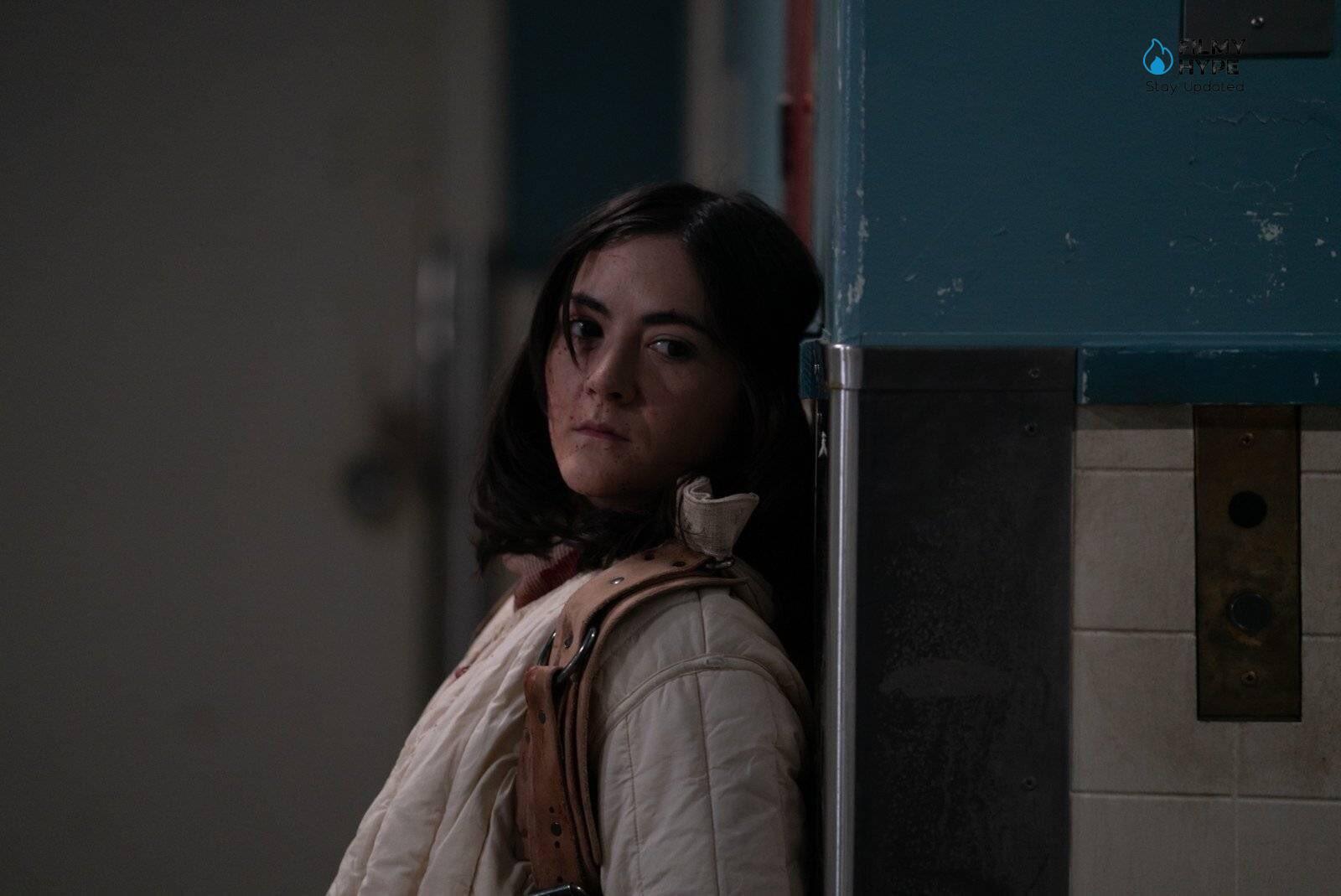
There isn’t a reason provided for this except that she’s a woman in her 30s, which she cannot reveal to unsuspecting people lest that foils her manipulation of them, and hence finds this proximity to an elder man who truly loves and cares for her, to be enough of a reason to feel that way. When she is about to run away from the Albright house, having used them to get away from Estonia, it is the sight of Allen in his room that prevents her from doing so.
What happened to the real Esther?
After remorselessly striking Detective Donan with the killing blow, Tricia, Esther’s mother, reveals that the real Esther didn’t exactly disappear four years prior to the film’s events. What really happened was that Gunnar, who was ‘always way too rough with (Esther)’ as a kid, had killed her, though whether that was intentional or accidental, isn’t revealed. Tricia, in order to protect her son, got rid of the body and then made up the ruse about her having disappeared.
When Esther/Leena arrives, she’s suspicious of her intentions from the get-go because of this, as she knows that she’s an impostor. Killing Detective Donnan, therefore, wasn’t just serving Esther/Leena’s purpose but even Tricia’s, as his revelation of her fraudulence, which he had discovered through the fingerprints on the vinyl disc, would take Allen and Tricia’s relationship back to its morose state as we saw, before Esther/Leena’s arrival.
Orphan: First Kill Ending, Explained:
Once Esther is returned back to the Albright home by a police officer, Tricia and Gunnar decide to kill her as at that point, she had become too much of a nuisance to have around, even for the sake of normalcy. Tricia plans to slit Esther’s wrists where the scars from her straitjacket are and make her death appear to be suicide, caused by the trauma she experienced during the years she was missing. This doesn’t quite go according to plan and Esther ends up murdering Gunnar in self-defense.
Following this, she gets into a fight with Tricia who tries to force her face into the gas burner. The fight shifts away from the kitchen but the burner is left alight and the house catches fire. When Allen returns, Esther and Tricia are fighting on the house’s sloped roof. When he manages to reach them, they’re both barely grabbing onto a ledge and Tricia informs him about Esther’s duplicity while Esther tries to convince him that she’s lying. Before he can make her decision, Tricia loses her grip, falls down, hits the sidewalk, and dies. After Allen pulls Esther up, her false milk teeth fall off, which reveals her as an impostor to him. He is petrified as she approaches him in a romantic fashion at which point, seeing his disgust, she murders him.
As fire trucks arrive, Esther goes into the burning house where she removes her bloodied ribbons and puts on fresh ones to deflect any suspicion about her. In front of the firemen, she comes out of the house. Following this, Dr. Segar puts her up for adoption. Esther smiles as she realizes that she has now escaped her past at the Saarne Institute, broken up any links that would tie her to that place, and will now receive attention as a tragically orphaned child, possibly even a new family soon.


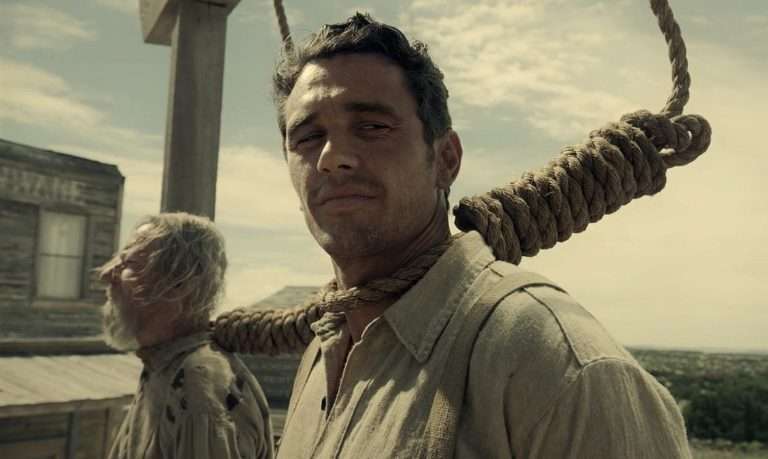
![Nothing Compares [2022] ‘Sundance’ Review: A fierce Subject approached by basic Filmmaking](https://79468c92.delivery.rocketcdn.me/wp-content/uploads/2022/01/NOTHING-COMPARES-2022-Sundance-Film-Festival-768x512.jpeg)
